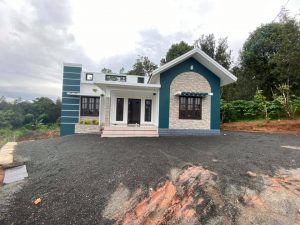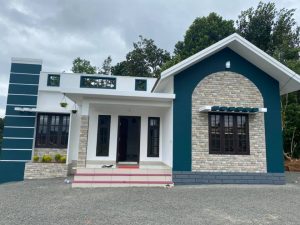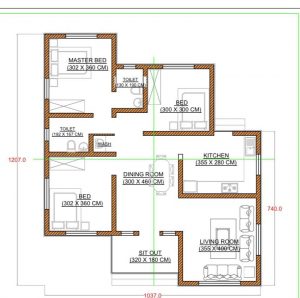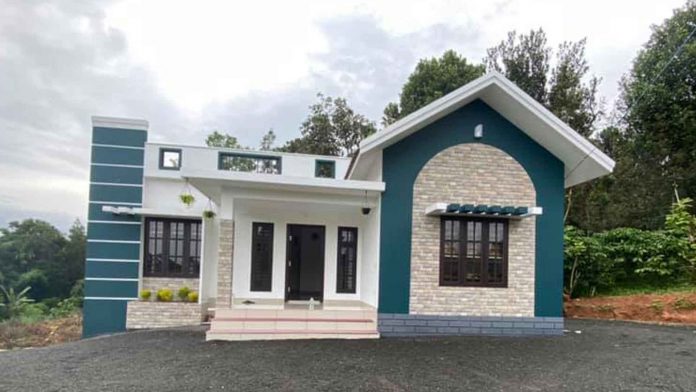Estimating methods may vary by type and class of estimate. The method used for most definitive estimates is to fully define and understand the scope, take off or quantify the scope, and apply costing to the scope, which can then be summed to a total cost. Proper documentation and review are also important. Pricing transforms the cost estimate into what the firm wishes to charge for the scope. Early estimates may employ various means of cost modeling. The basic characteristics of effective estimating include: clear identification of task, broad participation in preparing estimates, availability of valid data, standardized structure for the estimate, provision for program uncertainties, recognition of inflation, recognition of excluded costs, independent review of estimates, and revision of estimates for significant program changes. Application of best practices helps ensure a high-quality estimate. “Certain best practices should be followed if accurate and credible cost estimates are to be developed. These best practices represent an overall process of established, repeatable methods that result in high-quality cost estimates that are comprehensive and accurate and that can be easily and clearly traced, replicated, and updated.”
Estimates for the cost of facility construction are a major part of the cost estimate domain. A construction general contractor or subcontractor must normally prepare definitive cost estimates to prepare bids in the construction bidding process to compete for award of the contract. Although many estimators participate in the bidding and procurement processes, those are not a necessary function of cost estimate preparation. Earlier estimates are prepared by differing methods by estimators and others to support the planning process and to compare with bids. One way to make those estimates is by determining the resources needed (e.g., the amount of construction material quantities that are required) and then multiplying the estimated construction material quantities by the corresponding unit cost. One advantage of making estimates in this way is that it allows for the segregation of quantities and costs. This way they can be updated separately as new information becomes available. They can also be tracked separately allowing decision makers to make better decisions about the project during its conceptual phase.
Then costs are applied to the quantified line items. This may be called costing or pricing. In estimating for contracting, the cost is what something costs you to build, and price is what you charge another party for building it. RSMeans refers to this as, “Price the quantities.” ASPE recommends the “quantity times material and labor costs format” for the compilation of the estimate. This format is illustrated in the handwritten spreadsheet sample. For labor, the estimator should, “Determine basic production rates and multiply them by the units of work to determine total hours for the work.” and then multiply the hours by the per hour average labor cost. Labor burdens, material costs, construction equipment costs, and, if applicable, subcontractor costs are also extended on the estimate detail form. Other costs and pricing are added, such as overhead, profit, sales or use taxes, payment and performance bonds, escalation, and contingency.
The labor requirements are often the most variable and are a primary focus of construction cost estimators. The labor hours required to construct each installation item are calculated by using a man-hour rate times the take-off quantity (a similar method is to divide the take-off quantity by the production rate). Many estimators use a man-hour norm reference for standard man-hours and apply an adjustment factor for project or task conditions, location, methods, equipment, labor skill, etc. to adjust for the anticipated effect on labor.












